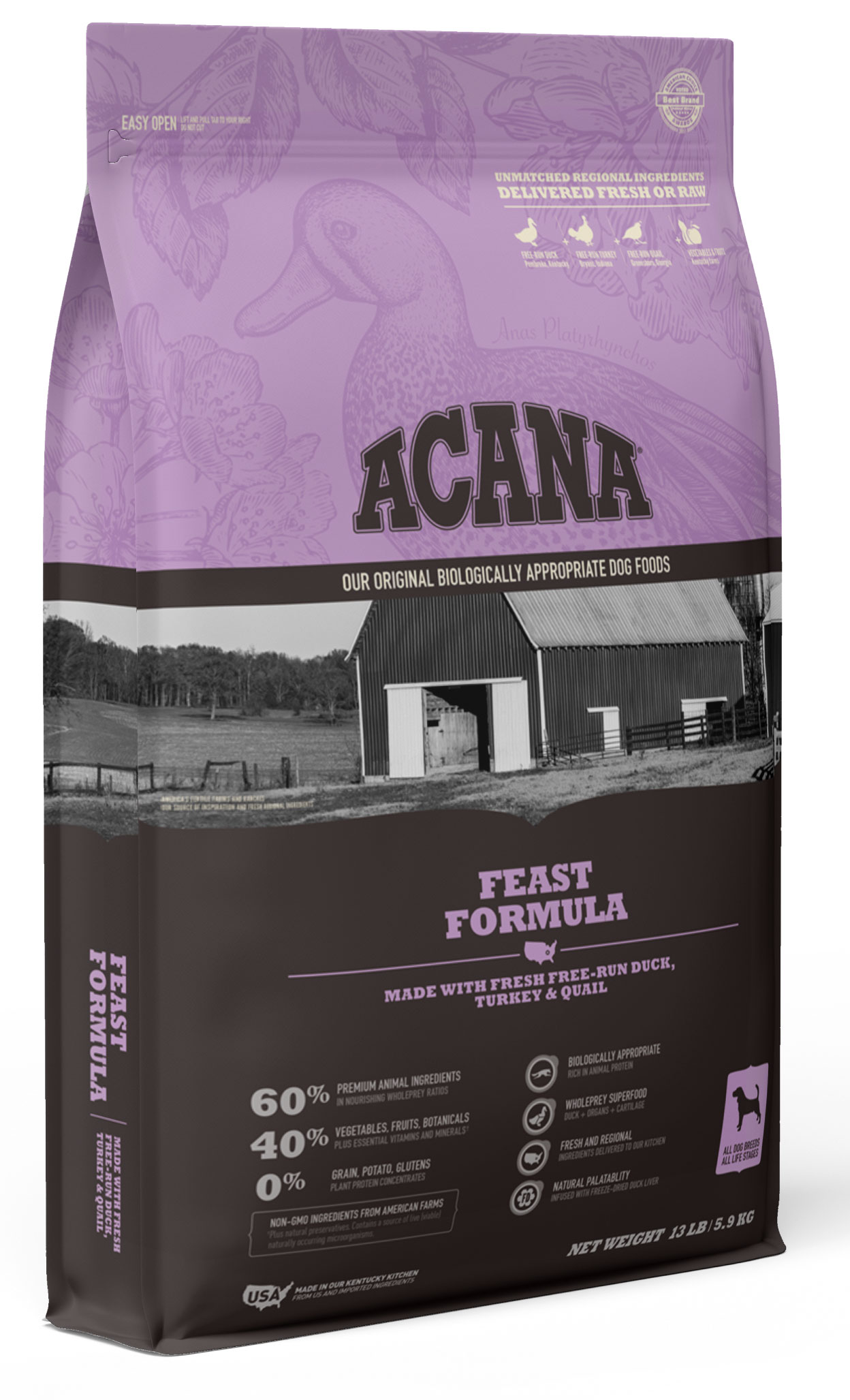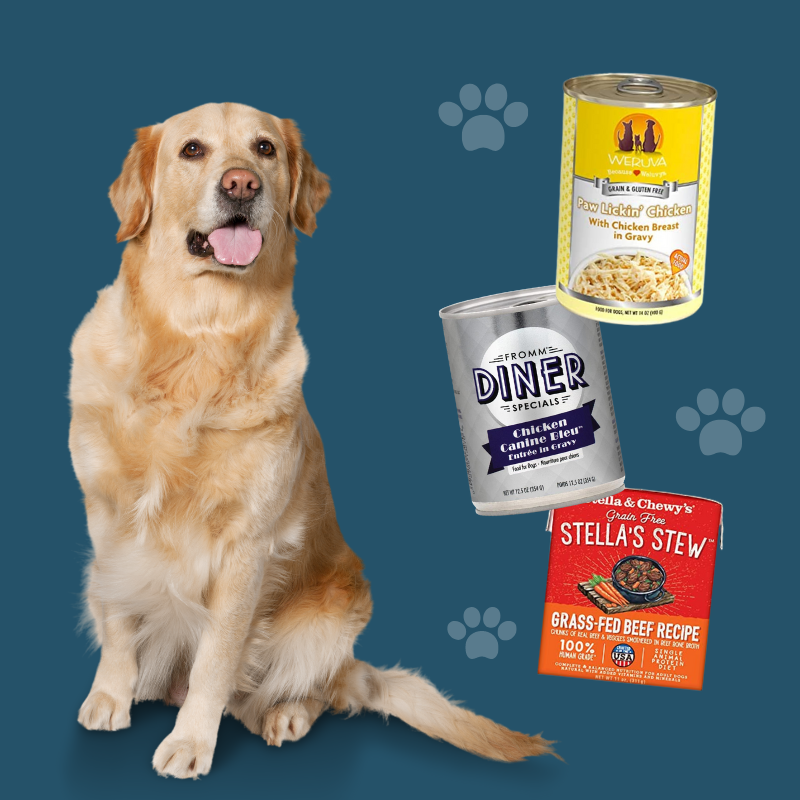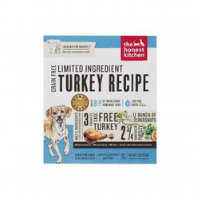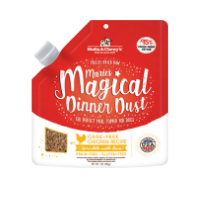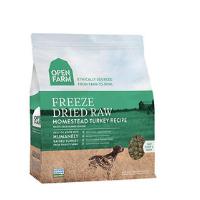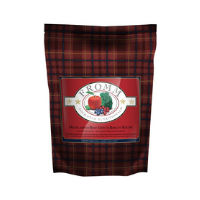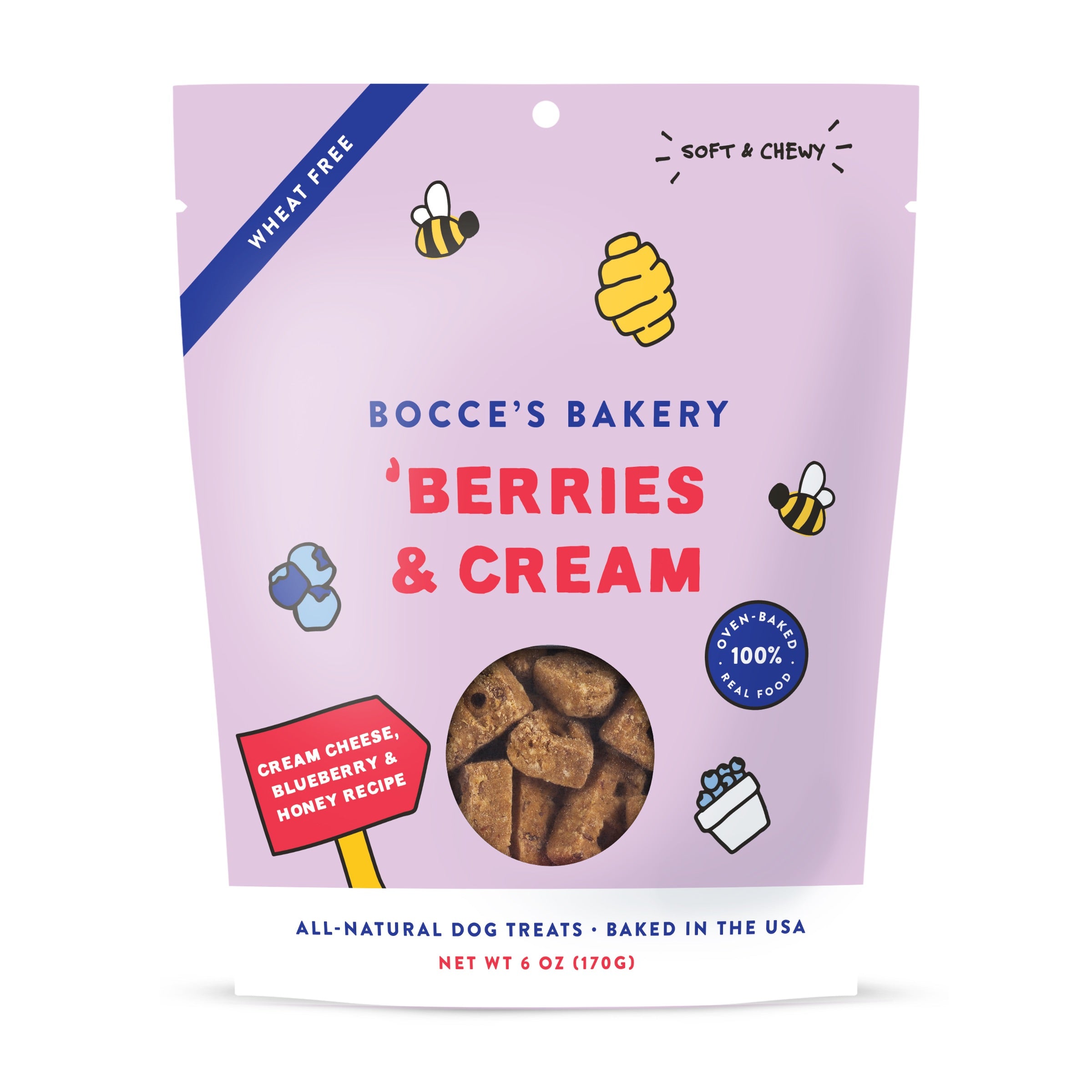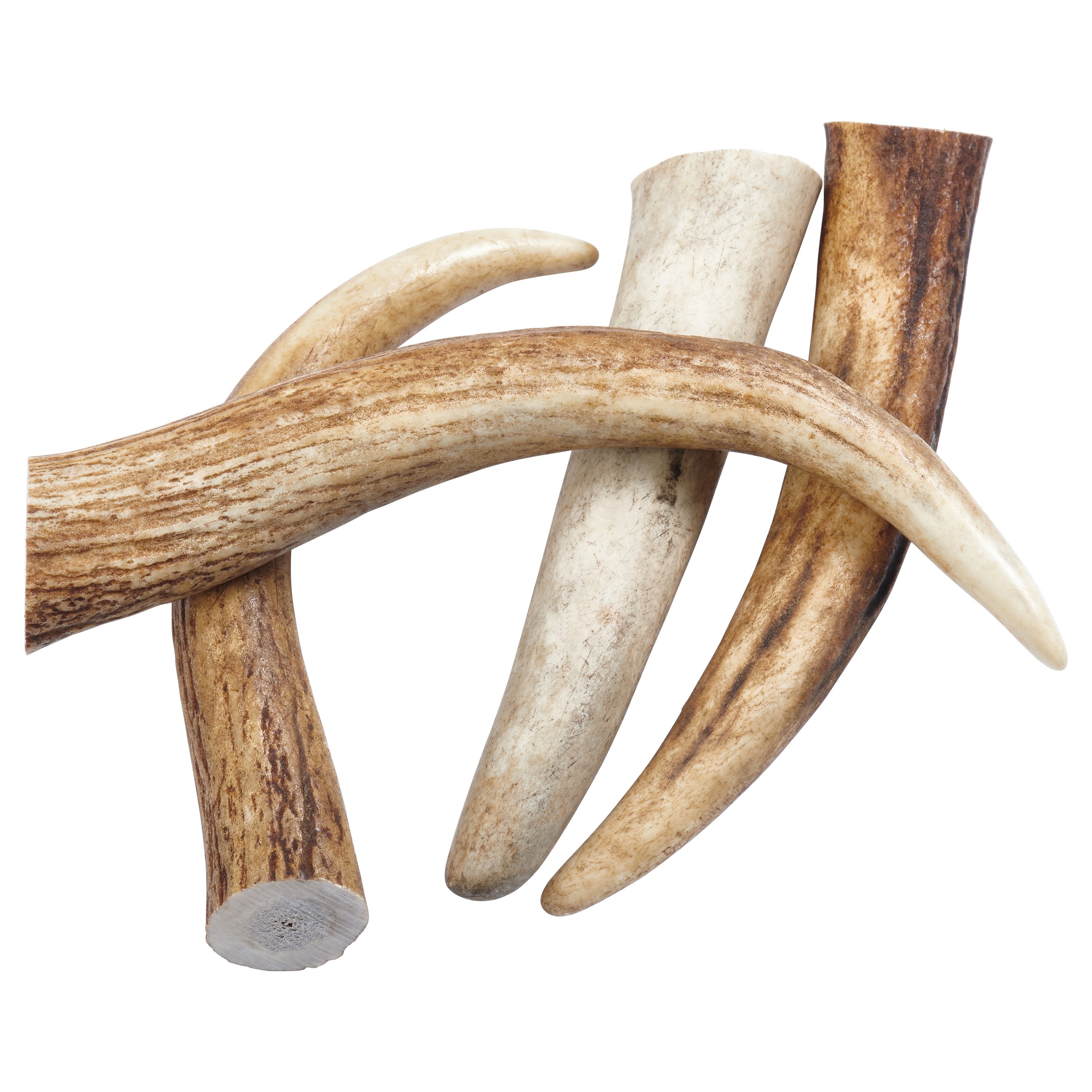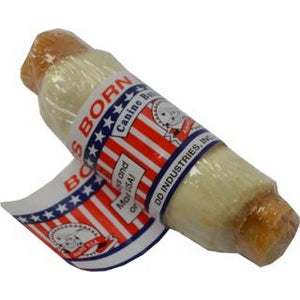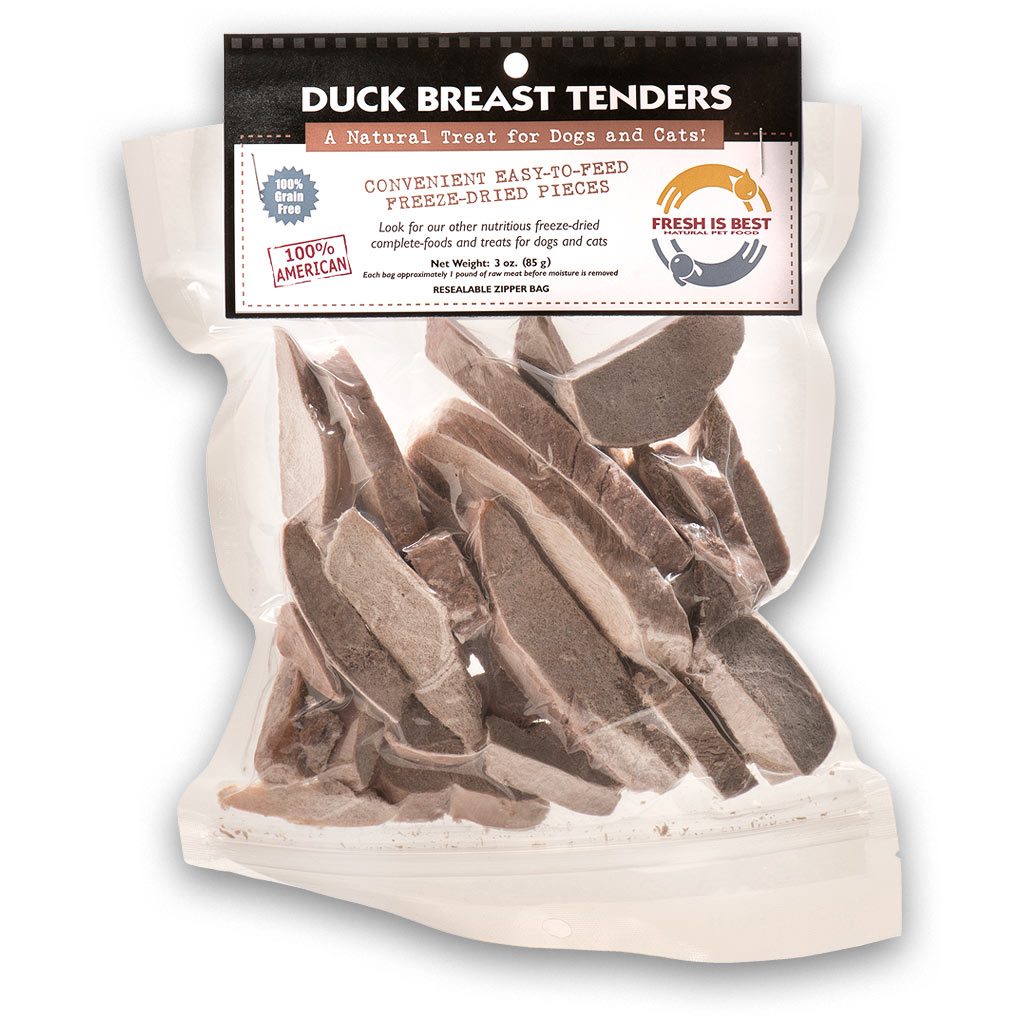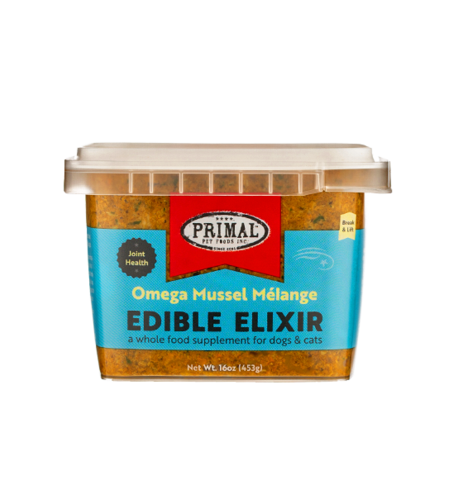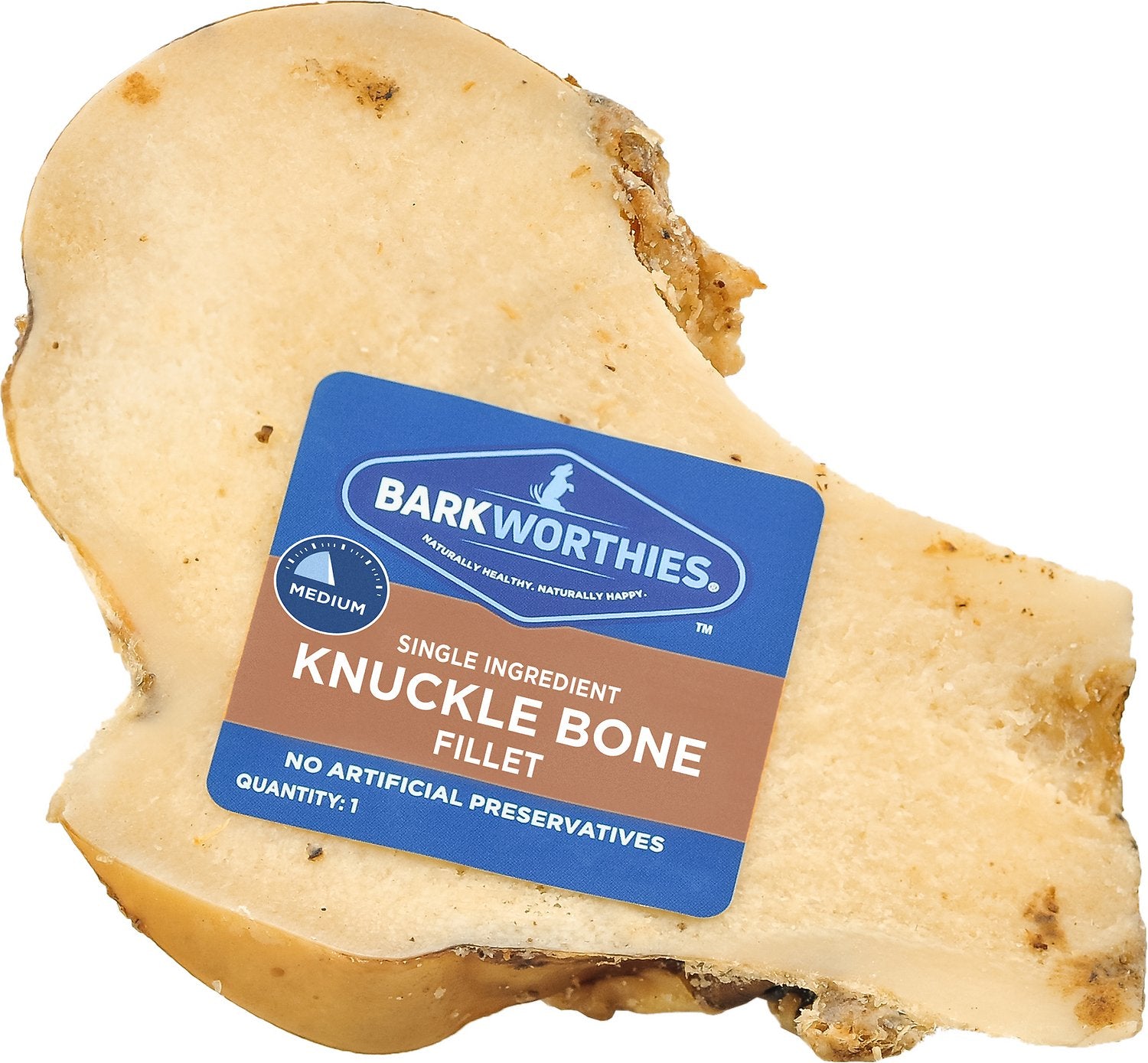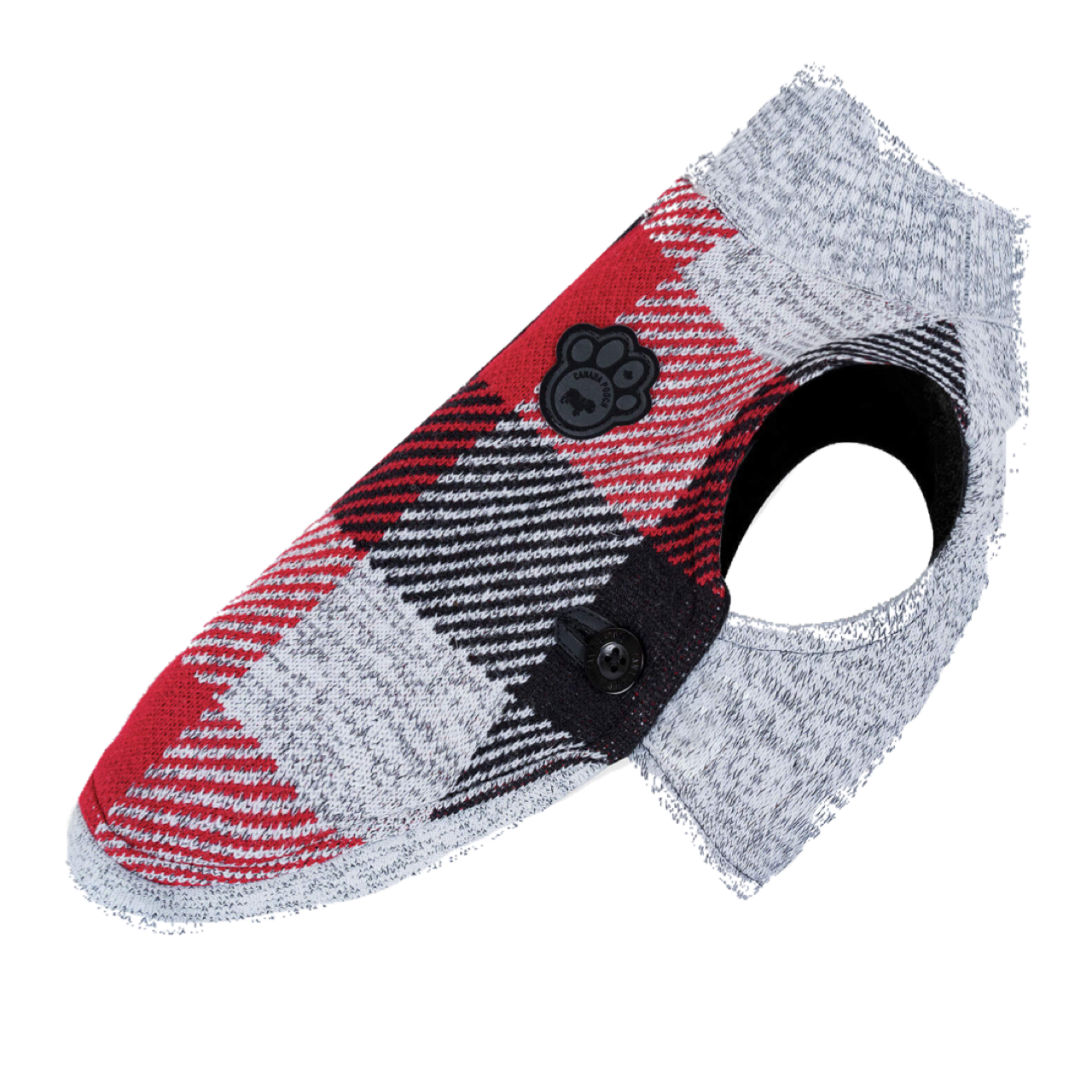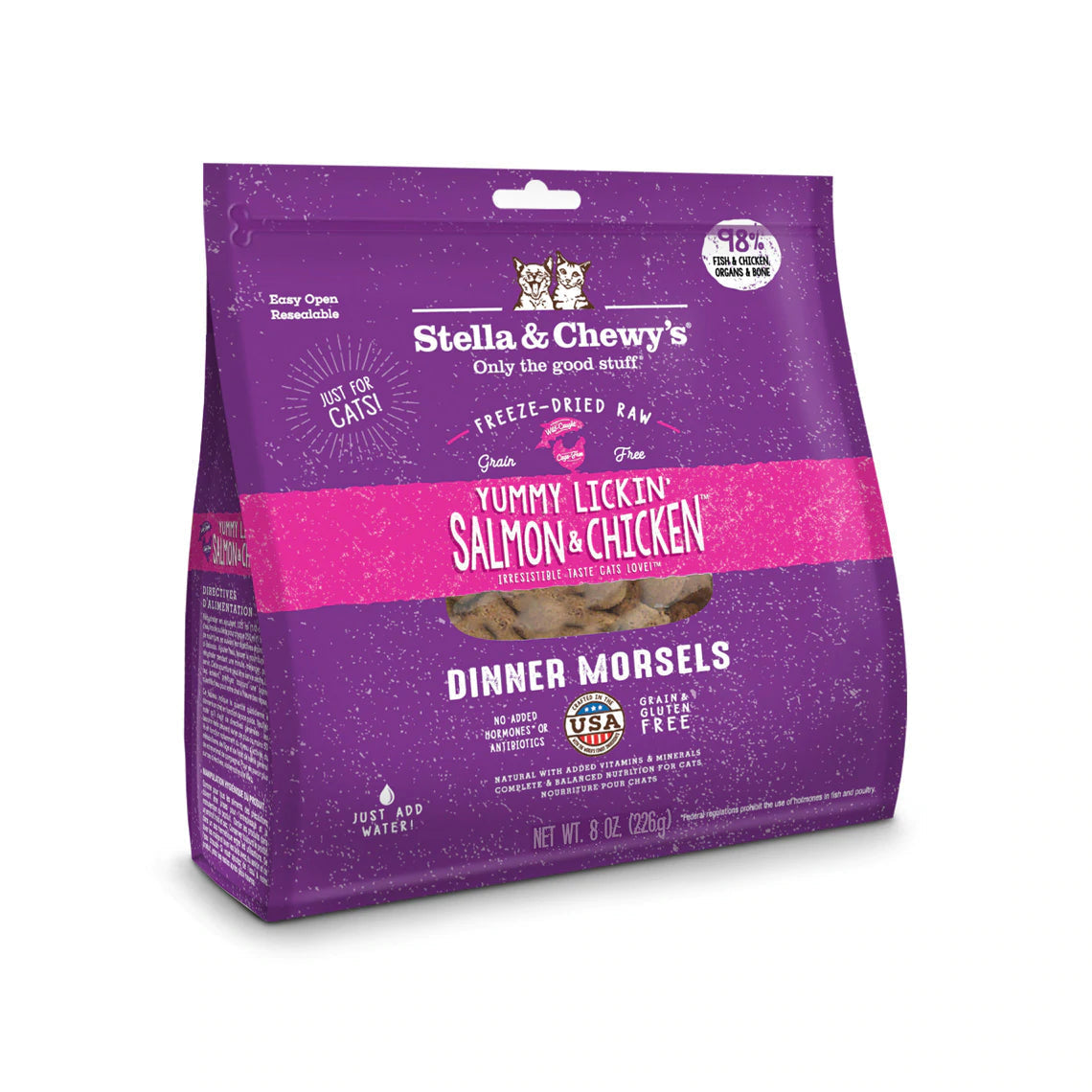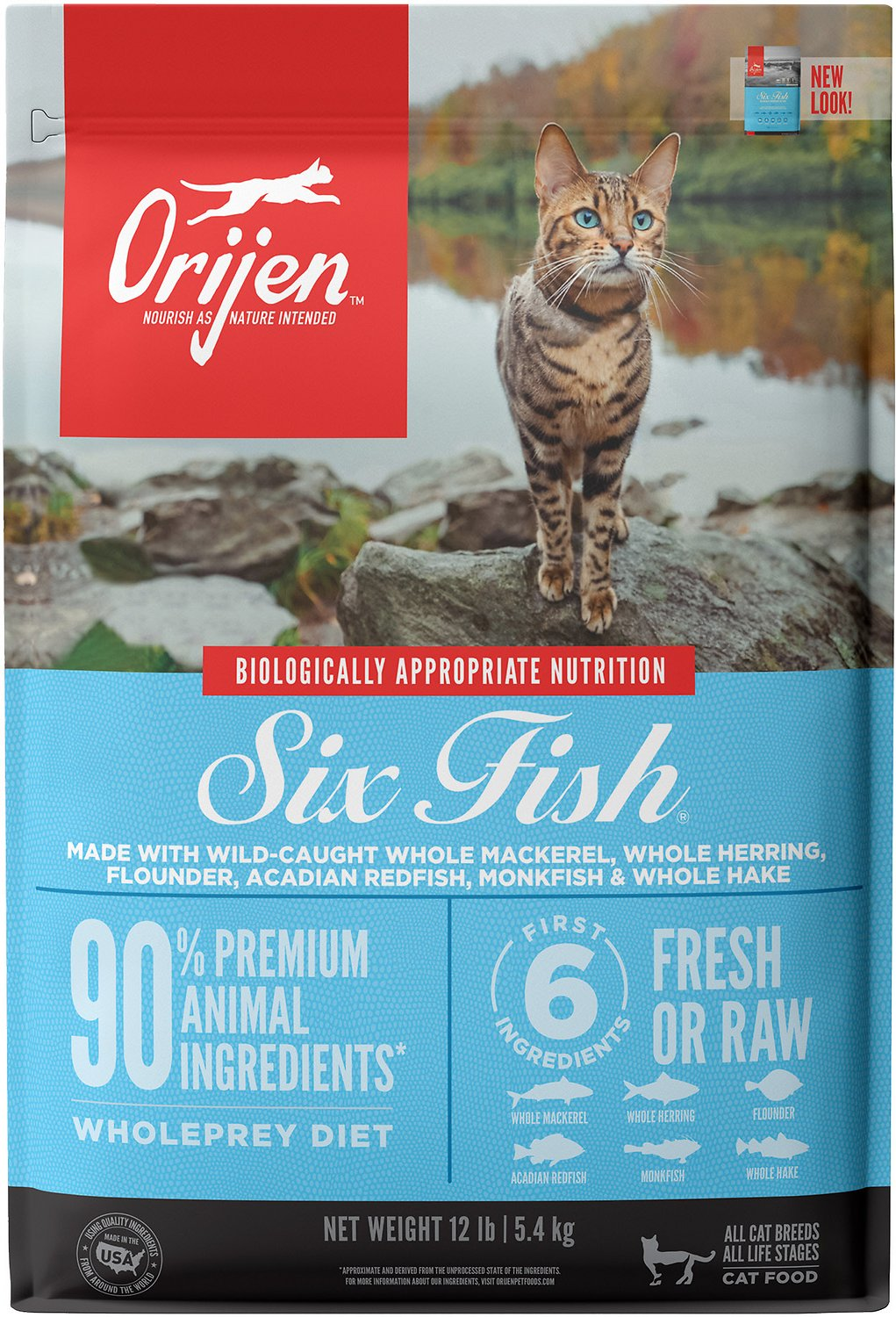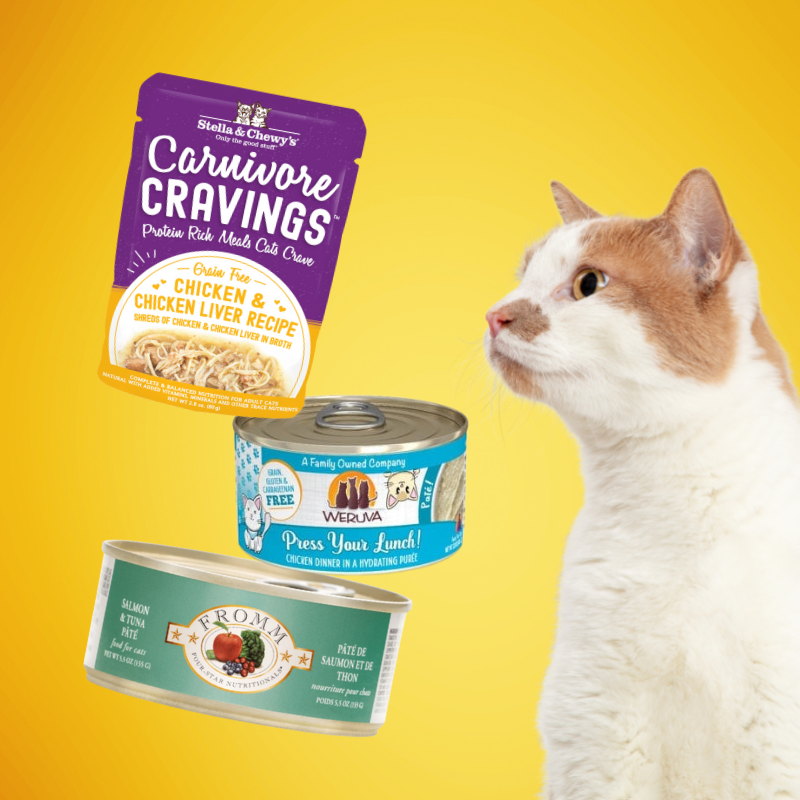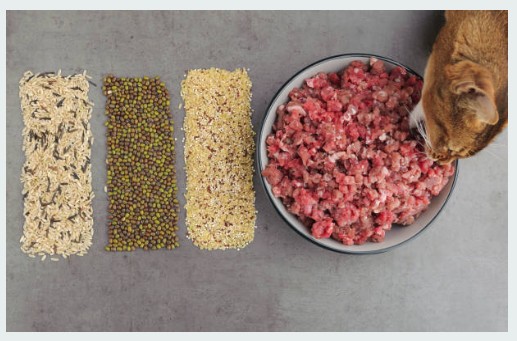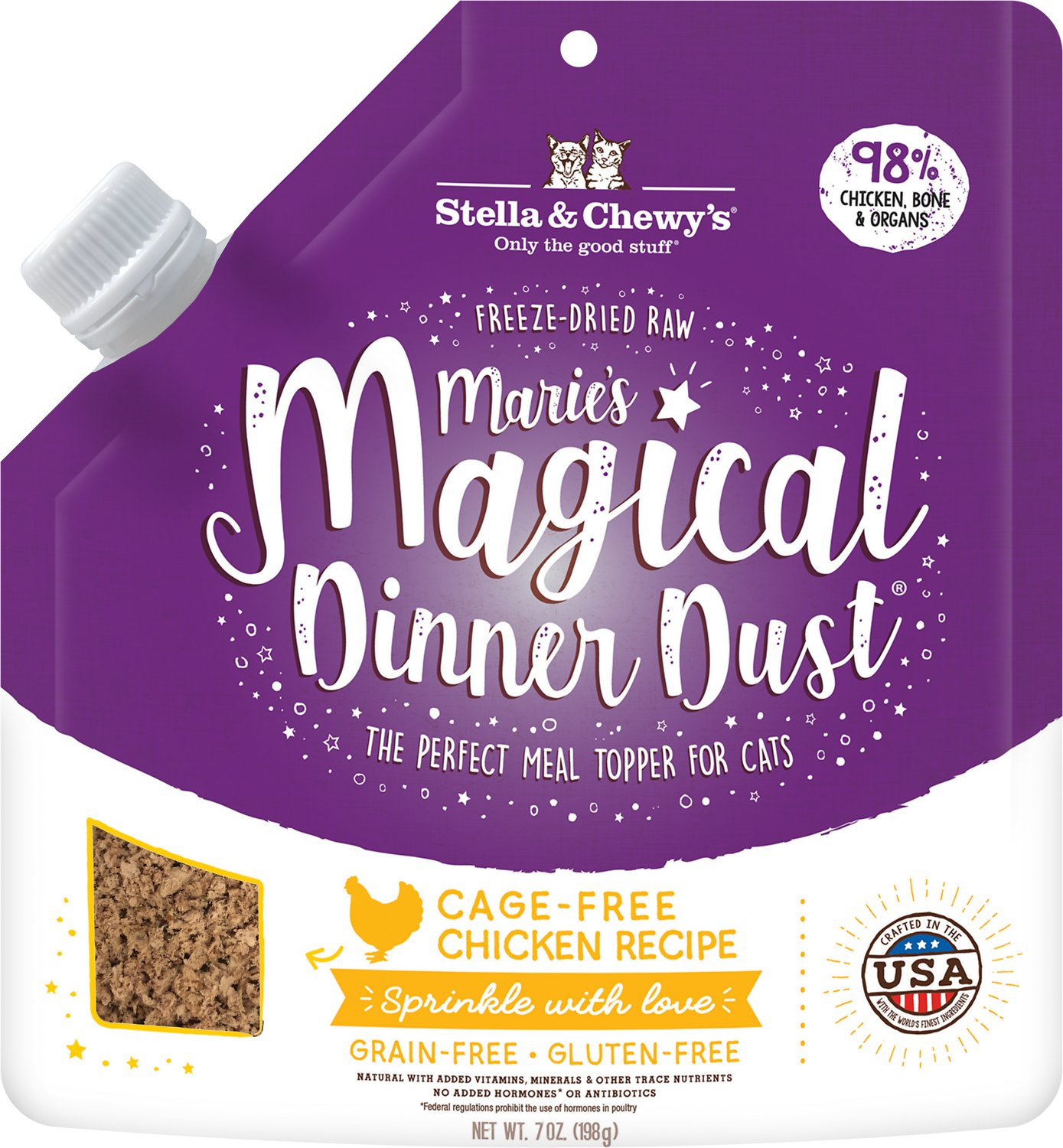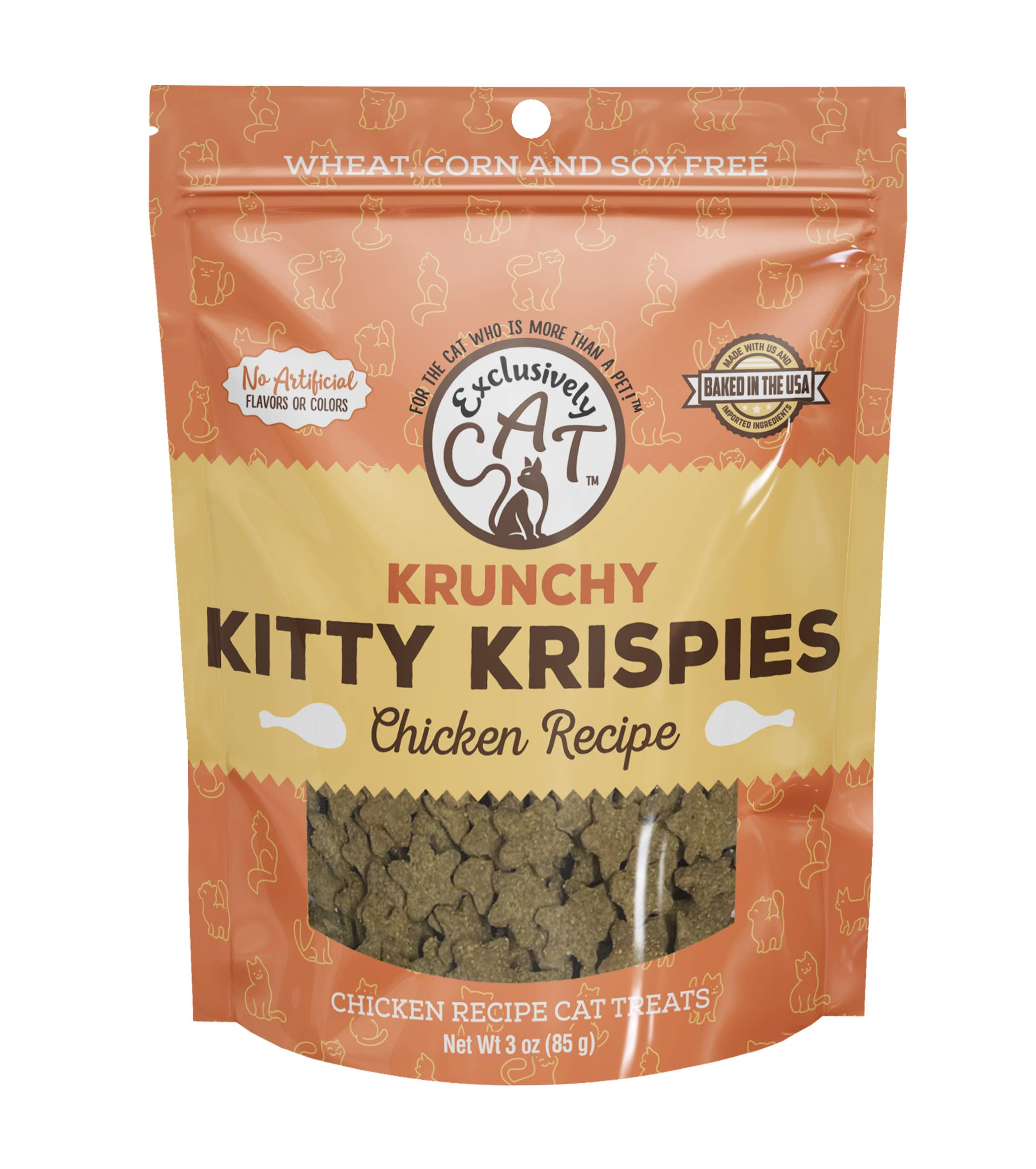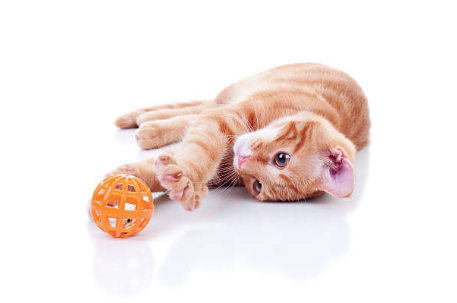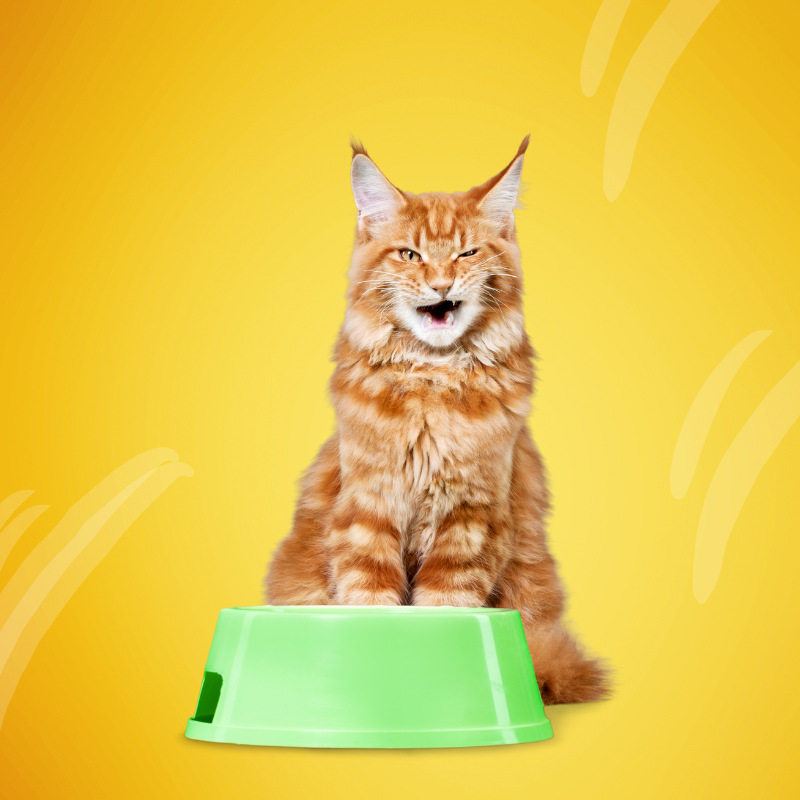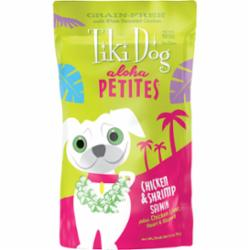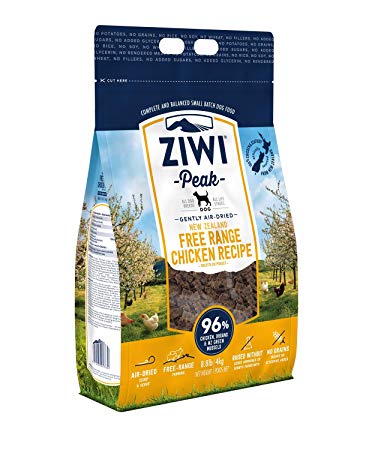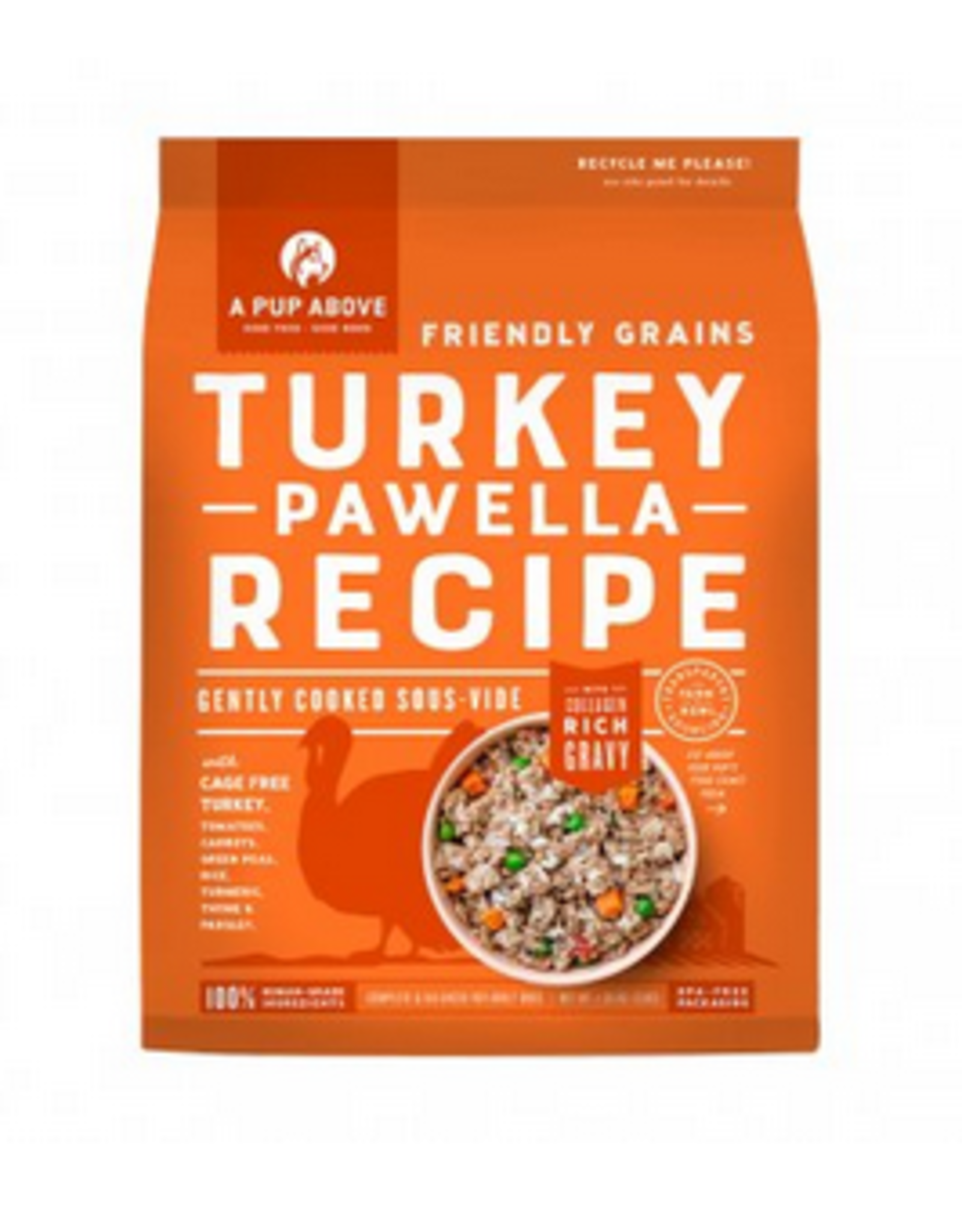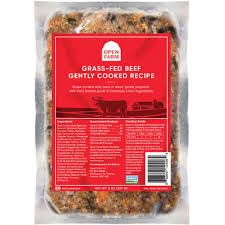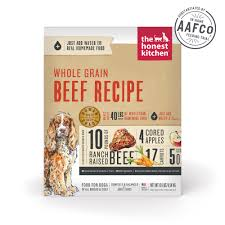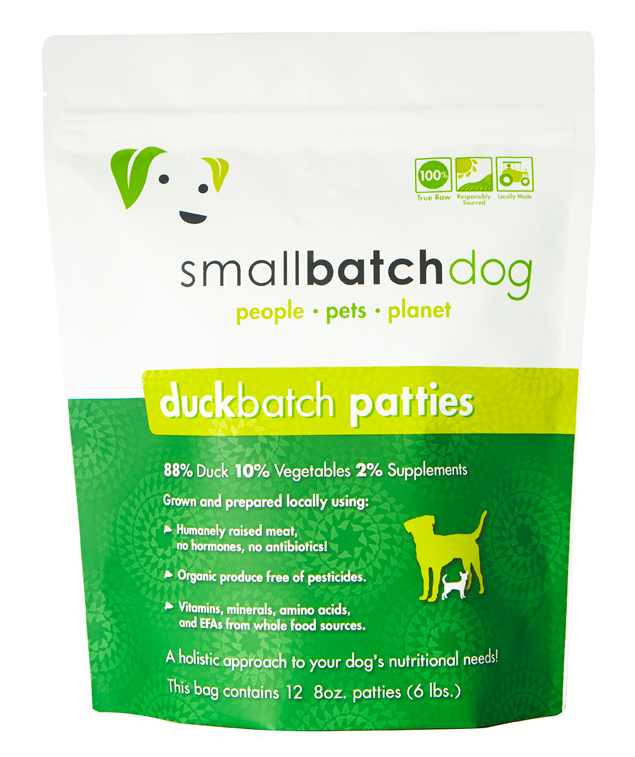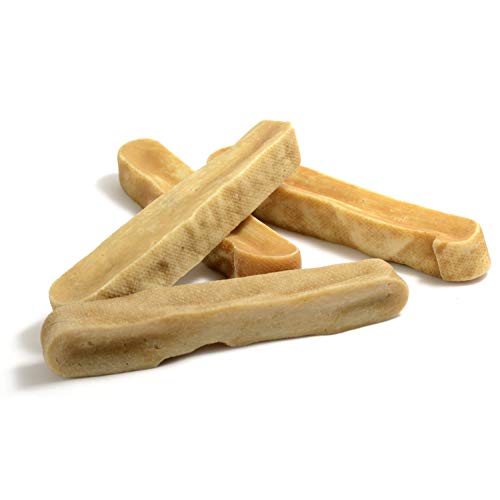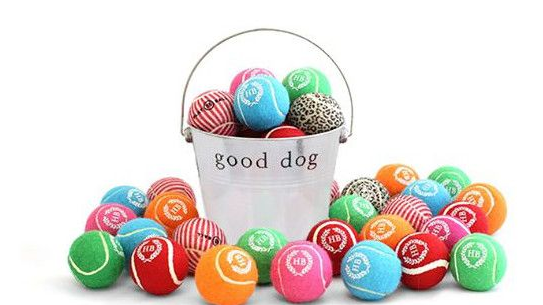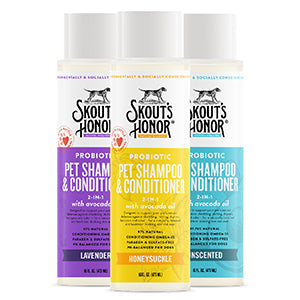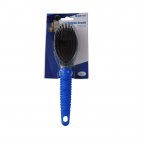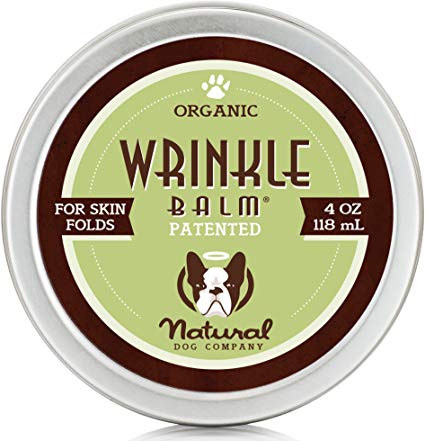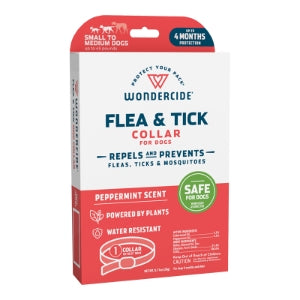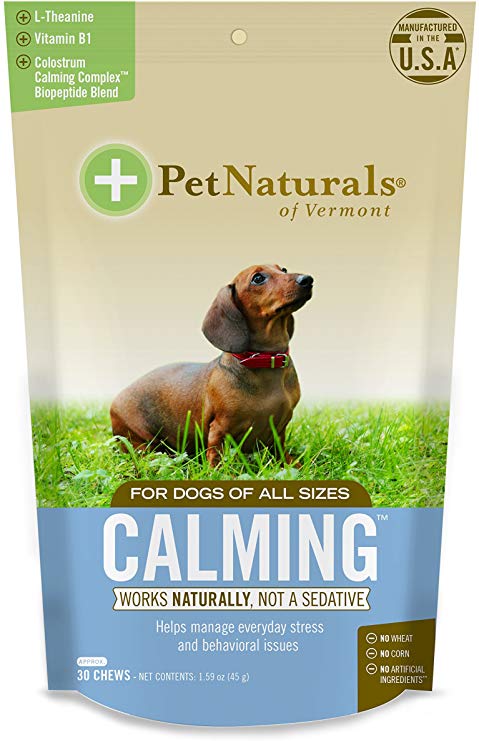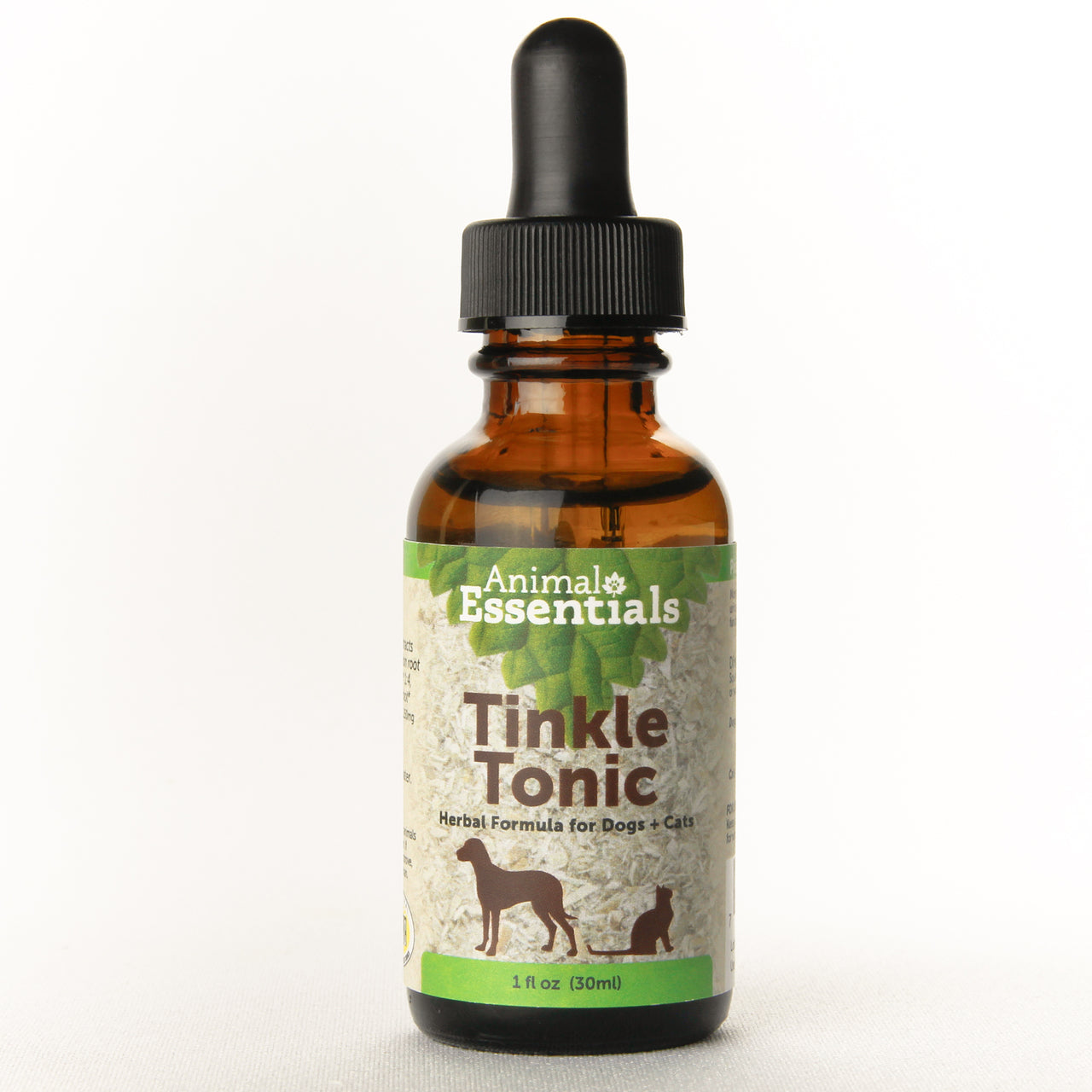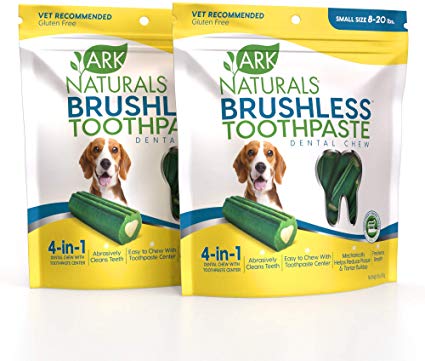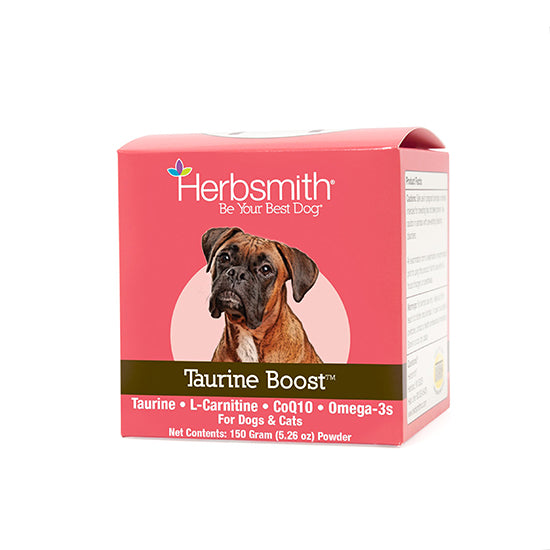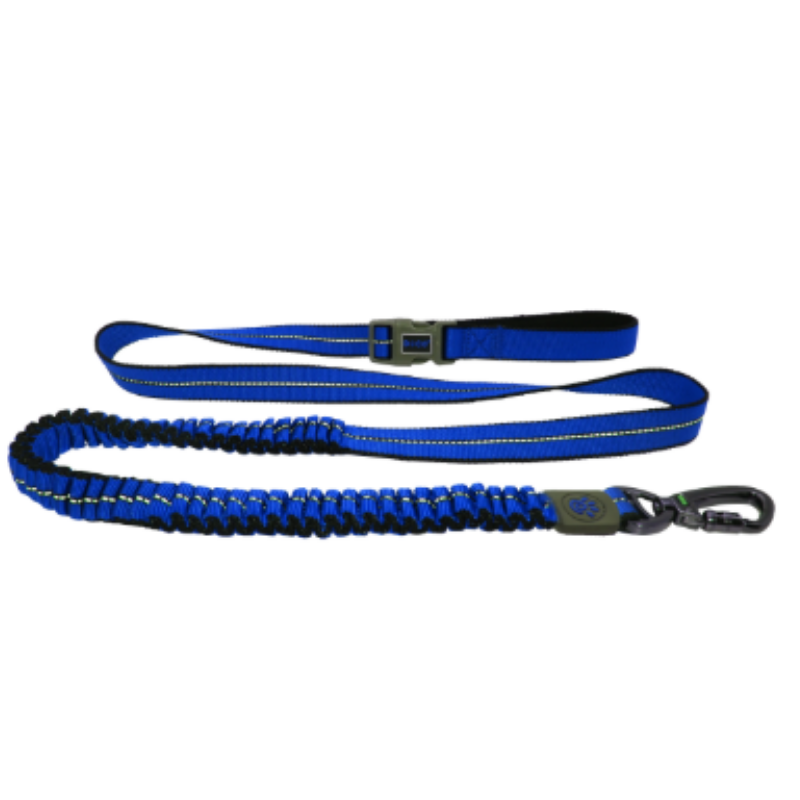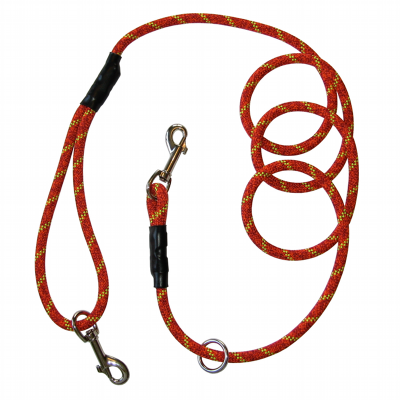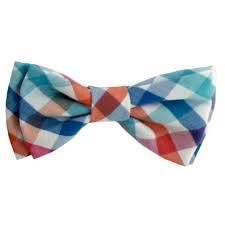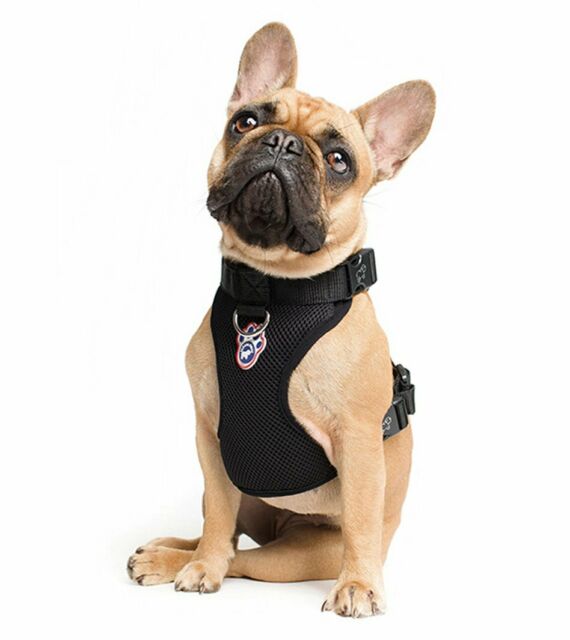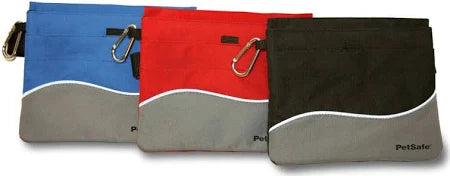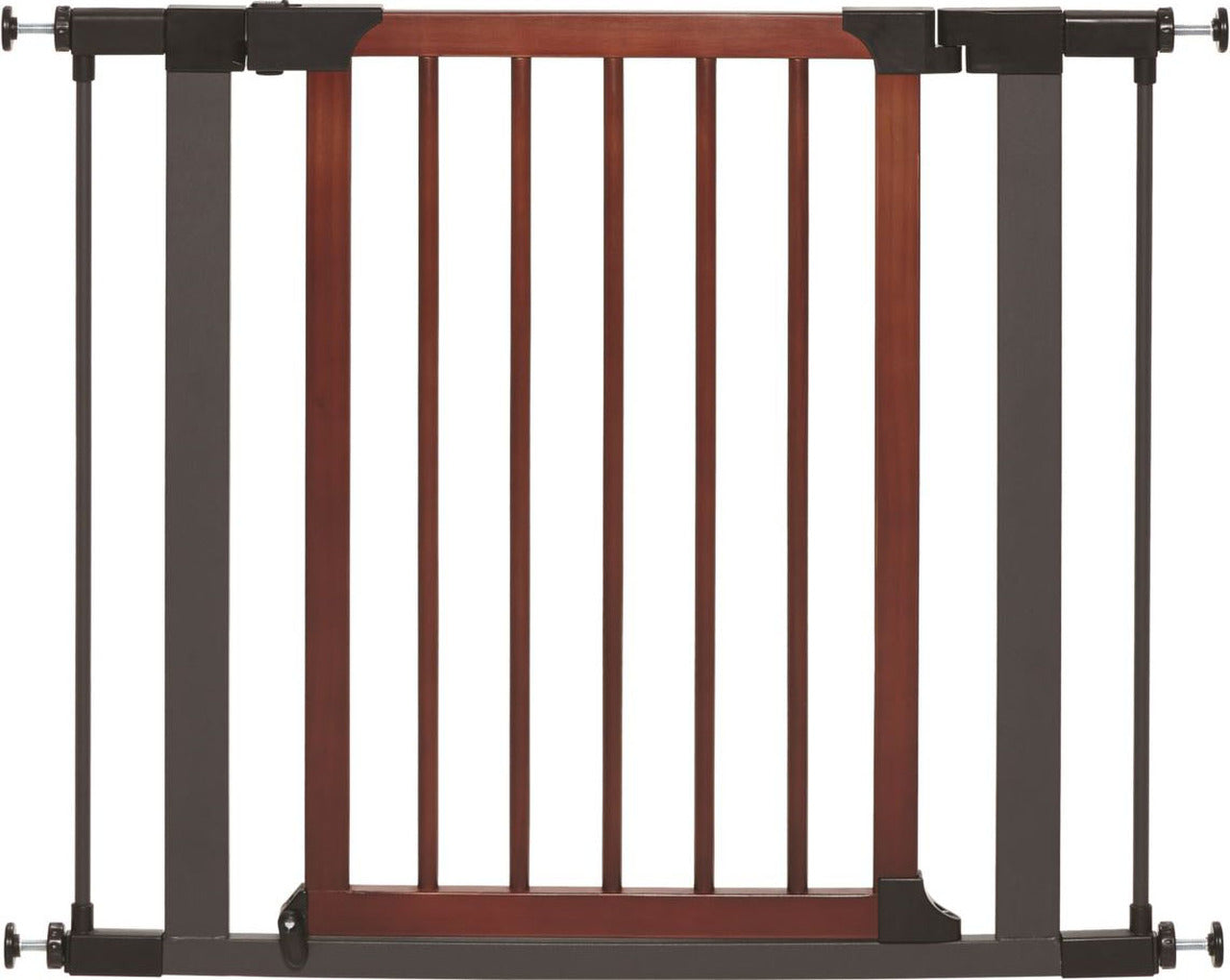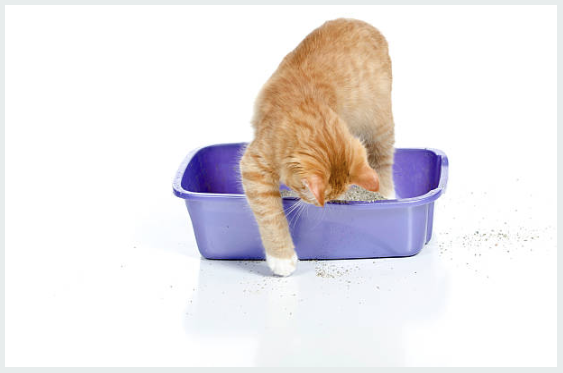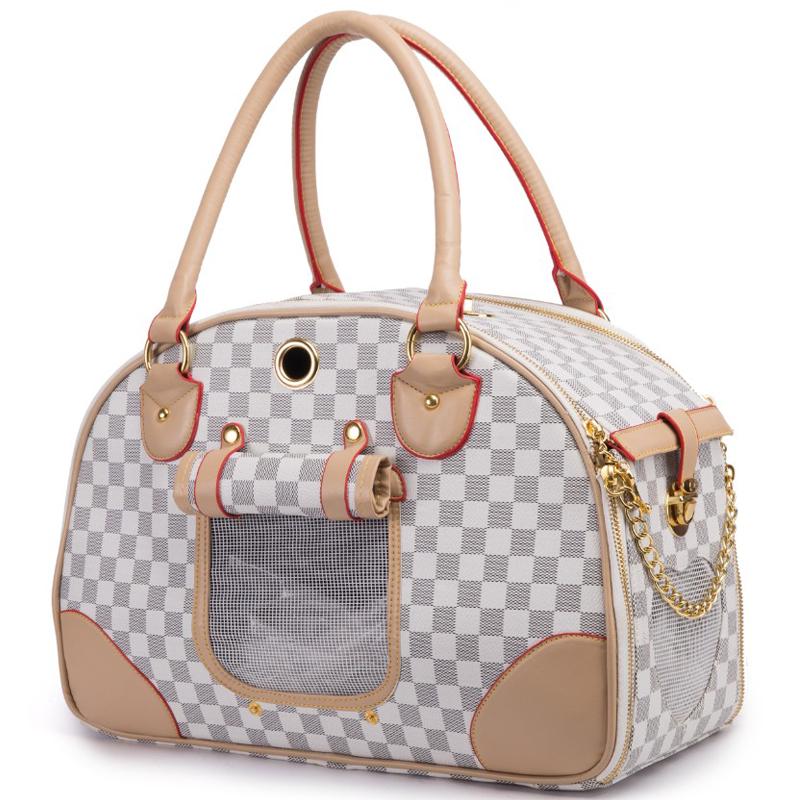If you own a pet or are simply a pet lover, you’ve likely come across the trend of grain-free diets for pets. It has become a popular choice for many pet owners who believe it to be a healthier option for their furry friends. But what is the truth behind grain-free diets for pets? Let’s dive deeper into this topic to understand the advantages, myths, and potential drawbacks associated with grain-free pet food.
Understanding Grain-Free Diets
Grain-free pet food is formulated without grains such as wheat, corn, or soy. Instead, it typically includes alternative sources of carbohydrates like peas, lentils, or potatoes. The idea behind grain-free diets is to mimic a more natural diet that wild animals might consume in the wild, focusing on protein and vegetables as primary ingredients.
The Benefits of Grain-Free Diets
Proponents of grain-free diets argue that they can lead to improved digestion and skin health in pets. Some pets may have allergies or sensitivities to grains, and switching to a grain-free diet could help alleviate these issues. Additionally, grain-free diets are often higher in protein, which can be beneficial for pets that require more protein in their diets.
Dispelling the Myths
One common myth surrounding grain-free diets is that grains are inherently bad for pets. The truth is that grains can be a healthy source of carbohydrates for pets, providing essential nutrients and energy. Unless your pet has a specific allergy or sensitivity to grains, they can be included as part of a balanced diet.
Potential Drawbacks to Consider
While grain-free diets have their benefits, it’s essential to consider potential drawbacks as well. Some grain-free pet foods may contain higher levels of legumes or potatoes to replace grains, which could lead to an imbalance in nutrients. It’s crucial to ensure that your pet’s diet is balanced and meets all their nutritional needs.
Making an Informed Decision
When deciding whether to switch your pet to a grain-free diet, it’s essential to consult with your veterinarian. They can provide valuable insights based on your pet’s specific health needs and dietary requirements. Your vet can also help you determine whether a grain-free diet is the right choice for your pet.
Transitioning to a Grain-Free Diet
If you decide to transition your pet to a grain-free diet, it’s essential to do so gradually. Abrupt dietary changes can upset your pet’s stomach and lead to gastrointestinal issues. Slowly introduce the new food over a period of 7-10 days, mixing it with their current food until they are fully transitioned.
Monitoring Your Pet’s Health
Once your pet has transitioned to a grain-free diet, it’s crucial to monitor their health and well-being. Keep an eye on their digestion, skin, coat, and overall energy levels. Any sudden changes or signs of discomfort should be discussed with your veterinarian promptly.
The Importance of Variety
Regardless of whether you choose a grain-free diet for your pet, remember that variety is key to a healthy diet. Rotate different protein sources and include a mix of vegetables to ensure your pet receives a wide range of nutrients. Providing a balanced and varied diet is essential for your pet’s overall health and well-being.
Final Thoughts: Balancing Your Pet's Diet
While grain-free diets can have benefits for some pets, it’s essential to approach dietary choices with careful consideration. Every pet is unique, and what works for one may not work for another. By consulting with your veterinarian and paying attention to your pet’s individual needs, you can make informed decisions about their diet. Remember, the best diet for your pet is one that is balanced, nutritious, and tailored to their specific requirements.
Discover the creations of a fellow Shopify store owner by exploring their online store. Simply click here to access the store. Please remember that this is a promotional link, and we cannot be held responsible for the content of the linked store.


